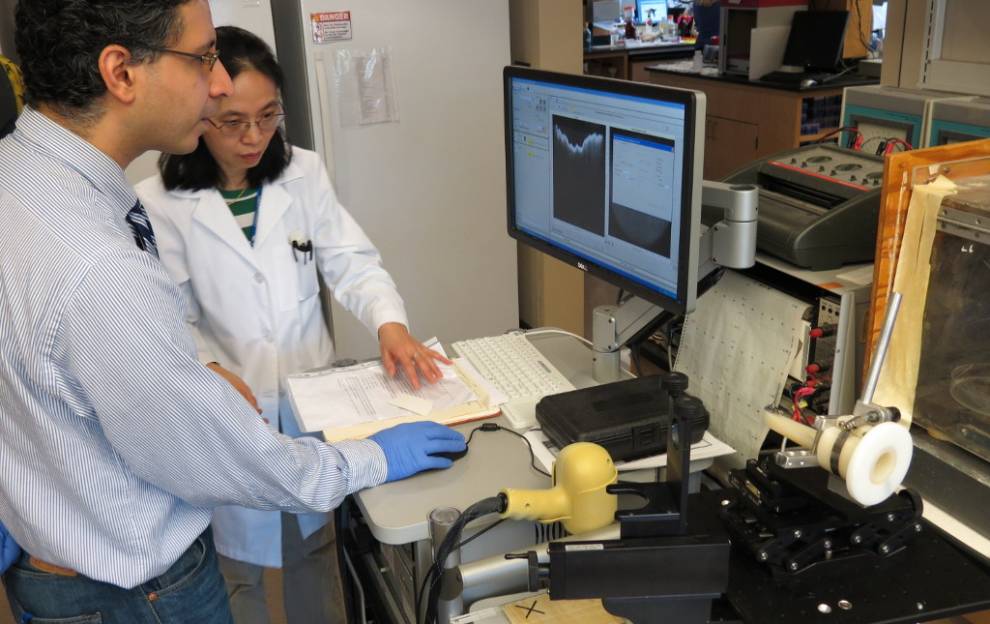Under the direction of University College London (UCL), this international, multidisciplinary project assessed the feasibility of using non-destructive digital imaging technology to make texts visible in images of papyrus in Ancient Egyptian mummy case cartonnages for open research and analysis. Our pilot project has led to an understanding of which imaging modalities are worth pursuing in future research projects.
The massive finding of papyri in Egypt between the end of the 19th and the beginning of the 20th century has dramatically increased our knowledge of the ancient world. The recovering of new texts has brought to light classical and biblical literature, and everyday writing of people that have changed the way we interpret antiquity. Papyri were and still are found in two main ways: in situ, i.e. where they were left by the ancients, or recycled for fabricating other objects such as mummy masks and coverings, book binding and other kinds of what scholars broadly define as 'cartonnage.' Papyri were also used sometimes to stuffing animal mummies. In the past, the awareness that such ancient objects could be filled with manuscripts has led papyrologists to destroy cartonnage, mummy masks and other material for retrieving their contents. With the passing of decades, specialists' recognition of the problems connected with such practice has increased, and new, less invasive techniques have been developed in order to avoid the destruction of important historical evidence. The decision to eventually dismount cartonnage involves careful evaluations of the pros and cons and of the methods to be followed.
Besides papyrologists, conservators and other specialists, the practice of dissolving cartonnage in order to retrieve papyri has been employed by dealers and collectors seeing the opportunity to multiply their earnings or simply looking for manuscripts without recognizing the issues involved with the destruction of ancient artefacts. In these cases, the damage produced to our cultural heritage is even greater since little if any attention to the methods employed and to the recording of the process is paid.
The application of advanced imaging techniques has the potential to dramatically improve our study of papyri encapsulated in ancient artefacts and will potentially solve the problem of invasive, destructive approaches to the remains of our ancient past. This exploratory, pilot project, working with a range of international partners and collections between November 2015 and December 2017, tested the feasibility of non-destructive imaging of multi-layered Papyrus found in Egyptian mummy cartonnages.
Our research has shown that no current single imaging technique can identify both iron and carbon based inks at depths within cartonnage. If we are to detect and ultimately read text within cartonnage, a multimodal imaging approach is required, but this will necessarily be limited by cost, access to imaging systems, and the portability of both the system and the cartonnage.
We are currently in the process of publishing lessons-learned on findings and imaging methodologies for further research, including on affordances and limitations of specific imaging approaches, and how they can be used in tandem to recover extant text within layers of cartonnage. The data generated by the project is freely available and hosted by UCL under a Creative Commons 0 1.0 Universal License for use by others.

OCT imaging of surrogate papyrus and ink text at the Duke Eye Center by Dr Sina Farsiu and Guorong Li on 1 March 2016: Reports by Beth Doyle and Mike Adamo
 Close
Close

